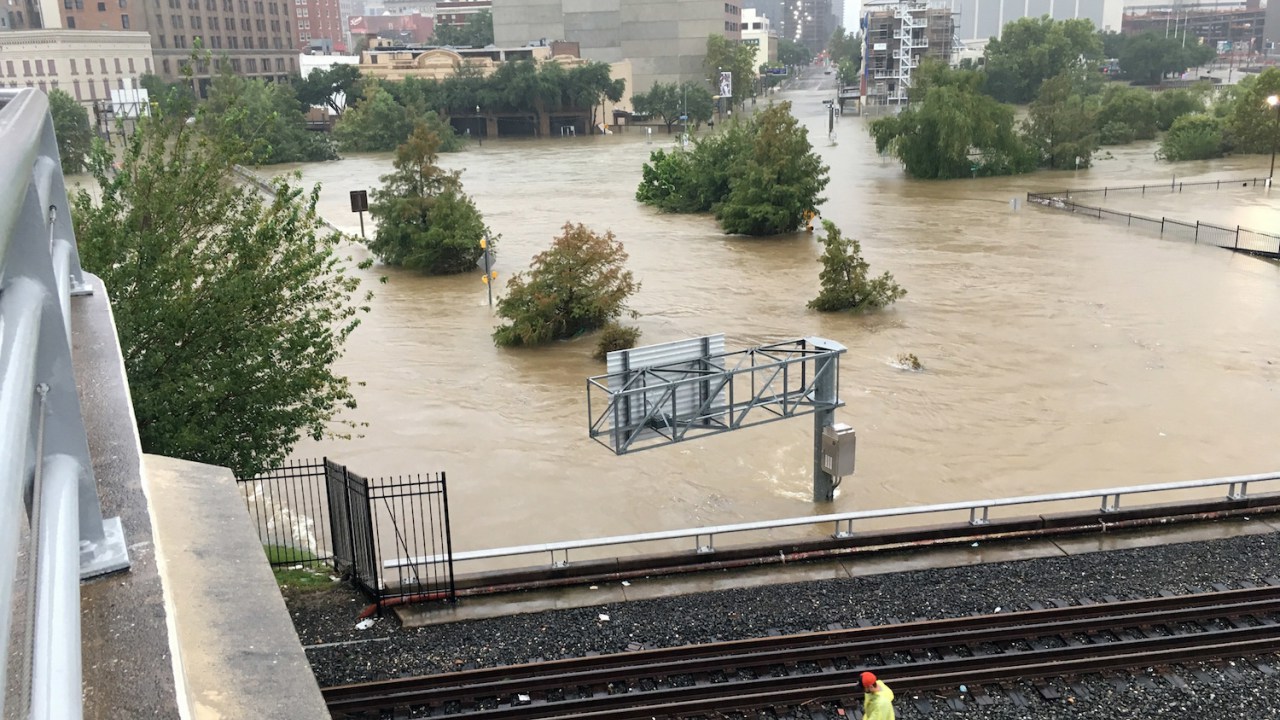Headline News:
- “White House admits Trump climate policies will destroy all US coastal property” • The massive climate report released by the Trump administration makes clear that its climate policies will destroy every last bit of US (and global) coastal property in the decades to come, and over $1 trillion in US coastal property will eventually be valueless. [ThinkProgress]
- The US is now a party of one in its stance on climate change. Syria will join the Paris climate agreement, leaving the US as the only country in the world not signed on to the landmark climate deal. Syrian officials announced their intention to ratify the accord at the UN Climate Change Conference (COP23) in Bonn on Tuesday. [CNN]
- In its mania to prove how horrible the Clean Power Plan is, the EPA has rejiggered the numbers and found that the Clean Power Plan could save more lives than the Obama officials thought. Oddly enough, the means that rolling back its provisions could lead to between 40,000 and 100,000 more premature deaths in America by the year 2050. [CleanTechnica]
- Digital technologies are set to transform the global energy landscape, making it more reliable and sustainable, a report by the International Energy Agency says. Demand side response from buildings, industry, and transport could provide 185 GW of flexibility, avoiding $270 billion of new infrastructure investment through 2040. [ETEnergyworld.com]
- Some of Europe’s top utilities have called the EU’s green energy targets unambitious, urging the bar to be raised in the fight against climate change, Reuters said. A letter, signed by Enel, Iberdrola, and four others, called for the energy target, currently to get at least 27% of energy from renewables by 2030, to be raised to 35%. [Financial Tribune]
- The local utility in Kongiganak, Alaska, has not only managed to cut some of its residents’ heating bills in half, but built a revolutionary microgrid along the way. Five wind turbines now produce 25% of the village’s electricity, but when they produce more power than can be used, the excess is diverted to heating homes, cutting bills by 50%. [KYUK]
For more news, please visit geoharvey – Daily News about Energy and Climate Change.
posted first on Green Energy Times

No comments:
Post a Comment